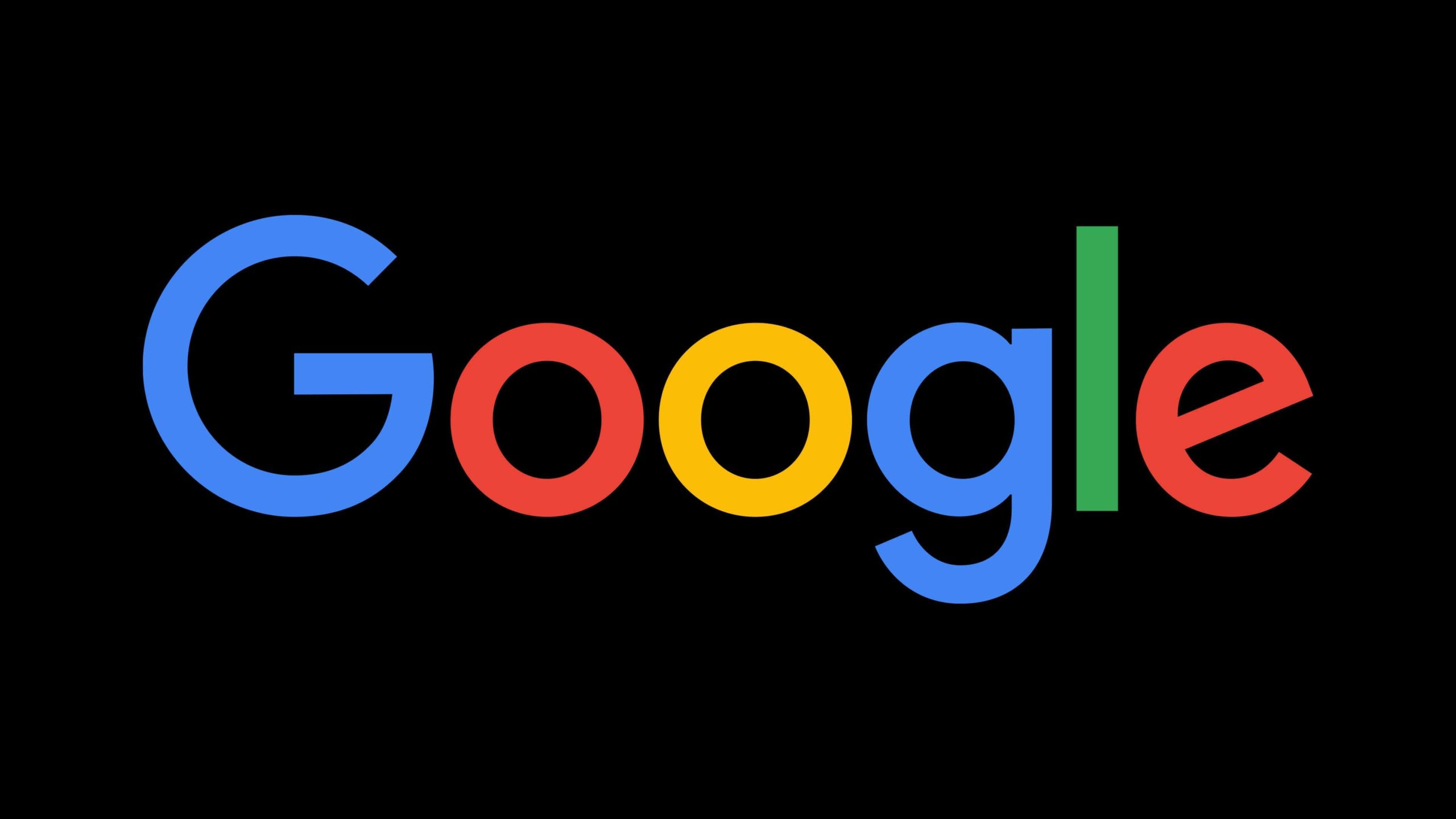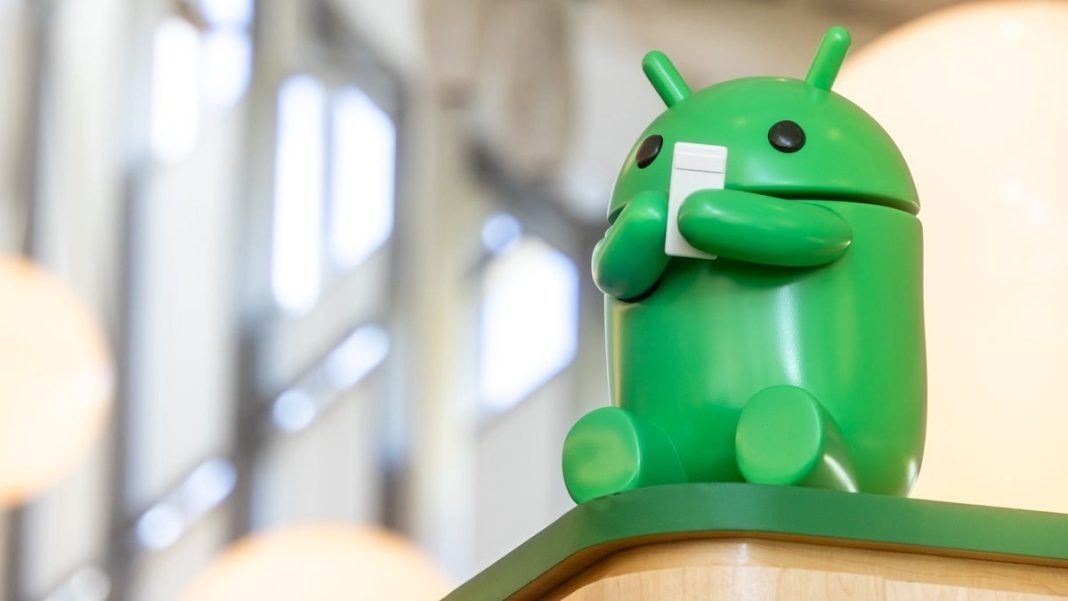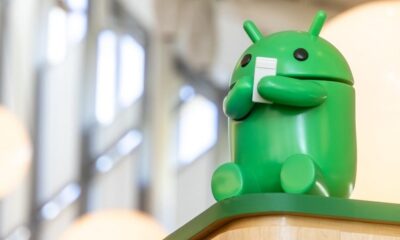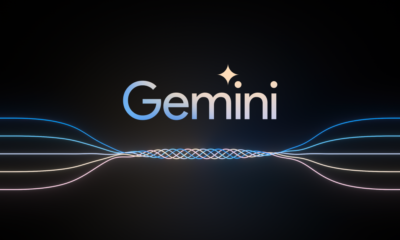The curious case of missing movie purchases on Google TV

The world of streaming and digital ownership is constantly in flux. What was once available for purchase can suddenly vanish, leaving consumers scratching their heads. Recently, a peculiar issue has surfaced within the Google TV ecosystem, raising questions about the future of movie purchases on the platform. While Google TV previously touted its robust library of purchasable films, some users, myself included, have discovered a growing number of titles conspicuously missing the option to buy.
This isn’t the first time Google TV has changed digital content. Last year, the platform ceased offering the purchase of television shows directly through Google TV, Android TV devices, and the Google TV mobile app. Instead, users were directed to utilize YouTube for TV show purchases, which decoupled future synchronization between the two services. At the time, Google explicitly stated that this change would not affect movie purchases. This assurance now feels somewhat hollow as the current situation unfolds.
Over the past few weeks, a disconcerting trend has emerged: certain movies, particularly older titles from Disney’s extensive catalog (think Star Wars classics and beloved Pixar films like Toy Story), no longer present the option to purchase on Google TV. Instead, the Google TV interface, both on mobile and television devices, simply directs users to streaming services, most notably Disney+. On televisions, the experience is even more streamlined, offering only a “Watch Now” button without the usual array of viewing options. The familiar prompt indicating multiple ways to watch a film has vanished for these affected titles.
This anomaly becomes even more puzzling when comparing the Google TV experience with YouTube. A simple search for the same movie title within the YouTube app often reveals both purchase and rental options, a stark contrast to the limited options presented on Google TV. This discrepancy suggests a potential disconnect between the two platforms, rather than a deliberate removal of purchase capabilities across the board.
The issue appears to be selective, predominantly affecting older titles and those tied to specific streaming services. Newer releases, such as “Inside Out 2,” still offer the expected purchase options alongside streaming choices. Furthermore, movies from other studios are also experiencing similar limitations, with some only accessible through their respective streaming platforms (like Max). This further points towards a cataloging or directory issue rather than a complete overhaul of Google TV’s purchase system.
It’s important to note that the vast majority of movies on Google TV continue to offer both purchase and streaming options. However, the impact of Disney’s catalog being partially unavailable for purchase is significant, given the studio’s prominent position in the film industry. The absence of these beloved classics creates a noticeable gap in the platform’s offering.
This situation raises several questions. Is this a temporary glitch, a simple bug in the system that will be resolved with a future update? Or is this a sign of a more significant shift in Google’s strategy regarding digital ownership on Google TV? While the evidence leans towards a cataloging issue, the lack of official communication from Google leaves room for speculation.
Google TV has carved out a niche as a user-friendly and streamlined platform for accessing and managing digital media. Its interface is generally considered more focused and intuitive than YouTube’s broader scope. The possibility of losing the ability to purchase certain movies on Google TV would be a significant blow to its appeal, potentially pushing users towards other platforms.
The current situation feels like a puzzle with missing pieces. The inconsistencies between Google TV and YouTube, the selective nature of the missing purchase options, and the lack of official information all contribute to a sense of uncertainty. While it’s easy to jump to conclusions about a shift away from digital ownership, the evidence suggests a more nuanced issue at play. For now, we are left to observe, speculate, and hope for clarification from Google on this curious case of the missing movie purchases. We have reached out to Google for comment and will update this article accordingly.
Android
Android Auto expands horizons with 13.5 update and Pixel devices receive January 2025 security patch

The world of in-vehicle technology is constantly evolving, and Google’s Android Auto is keeping pace with its latest beta update, version 13.5. This release marks a significant step forward in inclusivity, broadening support beyond traditional cars and addressing some long-standing oversights. Meanwhile, Google has also rolled out the January security patch for its Pixel devices, ensuring users remain protected against the latest vulnerabilities.
One of the most noticeable changes in Android Auto 13.5 is the shift in terminology from “car” to “vehicle.” This seemingly small tweak reflects a broader commitment to supporting a wider range of transportation modes. The update explicitly mentions motorcycles within its code, signaling a move to cater to riders who have been utilizing the platform for some time.
This means that phrases like “Connected cars” are now “Connected vehicles,” and the “Connect a car” button has been appropriately updated to “Connect a vehicle.” This change may seem minor, but it represents a significant shift in perspective and a more inclusive approach to in-vehicle technology. It acknowledges that the road is shared by more than just four-wheeled automobiles.
Beyond the change in wording, the update also brings some exciting developments under the hood. New icons specifically designed for motorcycles have been added, along with assets for various vehicle brands, including Geely, Leap Motor, Fiat, and Lucid Motors.
The inclusion of Lucid is particularly noteworthy, as the company previously announced that its Lucid Air model would gain Android Auto support in late 2024. While the update hasn’t officially rolled out for Lucid vehicles yet, its presence in the Android Auto 13.5 beta suggests that the final certification is imminent. This hints at a closer integration between Android Auto and the growing electric vehicle market.
This expansion beyond traditional cars is a welcome development. For years, the term “car” within the Android Auto interface felt limiting, failing to acknowledge the diverse landscape of personal transportation. By embracing the broader term “vehicle,” Google is not only improving the user experience for motorcycle riders and other non-car vehicle owners but also positioning Android Auto as a more versatile and adaptable platform for the future of mobility.
While details about other in-development features, such as “Car Media,” remain scarce, the 13.5 update clearly demonstrates Google’s ongoing investment in Android Auto. This update lays the groundwork for a more inclusive and comprehensive in-vehicle experience.
In other news, Google has also released the January security patch for its Pixel lineup. This update addresses a number of security vulnerabilities, ensuring that Pixel users remain protected from potential threats. The update is rolling out to a wide range of Pixel devices, including the Pixel 6, 6 Pro, 6a, 7, 7 Pro, 7a, Tablet, Fold, 8, 8 Pro, 8a, 9, 9 Pro, 9 Pro XL, and 9 Pro Fold.
The January security patch includes fixes for 26 security issues dated 2025-01-01 and 12 issues dated 2025-01-05. These vulnerabilities range in severity from high to critical, underscoring the importance of installing the update promptly. Google’s dedicated security bulletin for its devices also lists an additional security fix.
The update is being distributed through both factory and OTA (Over-The-Air) images. Users should receive a notification on their devices prompting them to download and install the update. The update size can vary, but on a Pixel 9 Pro, it was observed to be a substantial 93.22 MB.
Specific build numbers for various Pixel models and regions have also been released, allowing users to verify they have received the correct update.
This concurrent release of Android Auto 13.5 and the January Pixel security patch showcases Google’s commitment to both innovation and security within its ecosystem. By expanding the reach of Android Auto and prioritizing user safety with timely security updates, Google continues to enhance the overall user experience for its customers. The focus on inclusivity in the Android Auto update, along with the consistent security measures for Pixel devices, demonstrates a holistic approach to technology development.
Google enhances user experience with new features across its suite of products

Google is rolling out a wave of updates designed to improve user experience across its suite of products, including Google Workspace, Gboard, Keep, Quick Share, and YouTube Music. Let’s dive into the details:
Smarter Work with Google Workspace:
- Ask About This PDF: Struggling to understand a PDF document? The new “Ask About This PDF” integration with the Gemini AI assistant is here to help. Now you can upload a PDF directly from the Files by Google app and ask Gemini questions about its content.
- Enhanced Control Over Smart Features: Google is giving users more control over their data with a new settings page for “Google Workspace smart features.”1 This allows users to decide how their emails, calendar events, and other Workspace data are used to personalize their experience across Google products like Gmail, Calendar, and Drive.2
Streamlined Communication and Creation:
- Gboard Gets Undo Button: The long-awaited “Undo” button is finally coming to Gboard for Android! This will allow users to easily correct typos and accidental deletions.
- Quick Share Goes QR: Sharing files just got easier with Google’s introduction of QR code sharing in Quick Share. Now you can simply scan a QR code to transfer files between Android devices without needing to add contacts or change settings.
- Keep Brings Back Single-Tap Note Creation: Responding to user feedback, Google Keep is adding a new setting that allows users to create text notes with a single tap on the floating action button (FAB). This brings back the convenience of the pre-redesign workflow.
Unveiling YouTube Music’s Next Big Feature?
While there’s no official confirmation yet, evidence suggests YouTube Music might be developing a lyrics-sharing feature. This could allow users to share specific song lyrics as visually appealing images on social media, similar to Spotify’s existing functionality.
These updates demonstrate Google’s commitment to continuously improving its products and empowering users with more control over their data and experience. Stay tuned for further developments as these features roll out in the coming weeks.
Android
A Fresh Start for Pixel: January 2025 update brings stability and refinements

The new year has just begun, and with it comes the first software update of 2025 for Google’s Pixel phones. Breaking with the usual Monday release, this update began its rollout on Tuesday, January 7th, bringing a mix of security enhancements and targeted fixes for various models. While the update focuses primarily on stability and minor improvements, it addresses some key user-reported issues, demonstrating Google’s commitment to refining the Pixel experience.
This January update, carrying the Android Security Patch Level of January 7, 2025, arrives with software version AP4A.250105.002 for all supported Pixel devices. This consistent approach to security updates ensures that all Pixel users benefit from the latest protections against potential vulnerabilities.
For Pixel 6 and 7 owners, this update primarily delivers the latest security patches. This is a crucial aspect of maintaining a secure and reliable mobile experience, providing peace of mind for users. While these models don’t receive specific feature additions or functional changes this time around, the consistent security updates remain a vital part of their ongoing support.
The Pixel 8 series, Google’s current flagship line, receives a more targeted set of improvements. This update addresses two specific areas: audio and user interface. Firstly, it tackles an audio delay and stability issue experienced by some users when using certain applications.
This fix should result in a smoother and more consistent audio experience across various apps, improving overall usability. Secondly, the update resolves an issue with the Pixel Launcher’s themed icon color display under certain conditions.
This issue, which involved an incorrect display of light and dark themed icons, has been a minor annoyance for some users. While a workaround involving manually switching Dynamic Color themes was available after the Android 15 QRP1 update last month, this direct fix from Google provides a more permanent and seamless solution.
The Pixel 9 series, Google’s top-of-the-line offering, benefits from the audio and UI fixes mentioned for the Pixel 8, along with additional improvements tailored to its advanced hardware capabilities. This update addresses a camera stability issue that occurred when switching to a connected camera under specific circumstances.
This fix will be particularly welcomed by users who frequently utilize external cameras with their Pixel 9 devices, ensuring a more reliable and seamless connection. Furthermore, the update resolves an issue involving flashing lines appearing on the screen under certain conditions. This display correction will contribute to a more polished and visually consistent user experience.
This January 2025 update underscores Google’s ongoing dedication to improving the Pixel experience. By addressing user-reported issues and providing consistent security updates, Google is ensuring that Pixel devices remain reliable, secure, and enjoyable to use. The focus on stability and refinement in this update sets a positive tone for the year ahead, promising further enhancements and innovations for Pixel users in the future.
In related news, Google recently shared information about the expected battery charge cycles for Pixel phones, providing valuable insights into battery health and longevity. This information helps users understand the typical lifespan of their device’s battery and plan accordingly.
Additionally, it was recently announced that the Pixel 4a will be receiving one final update as part of a Battery Performance Program, extending support for this popular device. This final update demonstrates Google’s commitment to supporting its older devices and ensuring they continue to function optimally.
-

 Apps11 months ago
Apps11 months agoGboard Proofread feature will support selected text
-

 News11 months ago
News11 months agoSamsung USA crafting One UI 6.1.1
-

 News10 months ago
News10 months agoBreaking: Samsung Galaxy S22 may get Galaxy AI features
-

 News10 months ago
News10 months agoSamsung Galaxy S23 Ultra with One UI 6.1 and all S24 AI features revealed
-

 News11 months ago
News11 months agoOne UI 6.1 Auracast (Bluetooth LE Audio) feature coming to many Samsung phones
-

 News10 months ago
News10 months agoSatellite SOS feature coming to Google Pixel phones, evidence leaked
-

 Apps8 months ago
Apps8 months agoGoogle’s fancy new Weather app is finally available for more Android phones
-

 News11 months ago
News11 months agoGoogle Pixel evolves as Europe’s third best selling flagship






